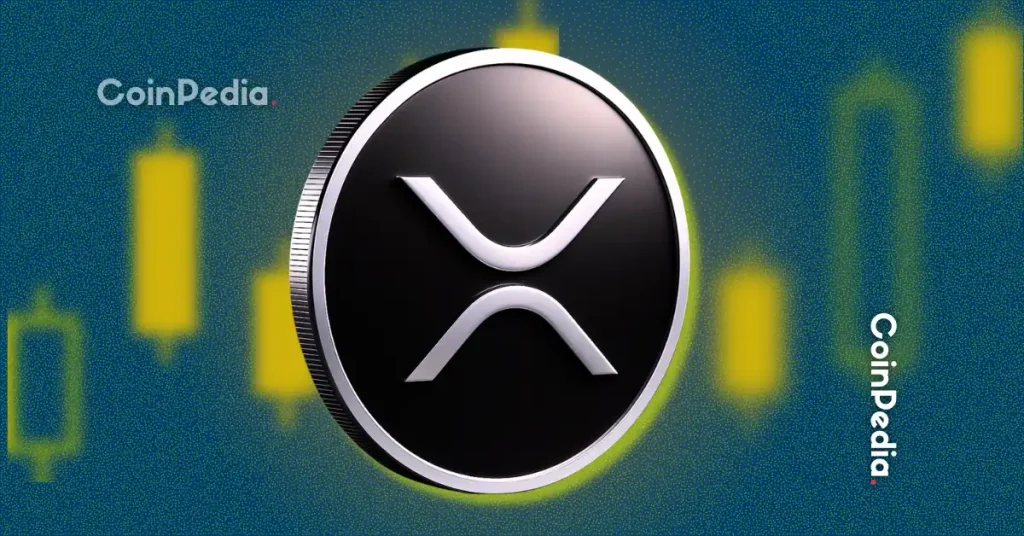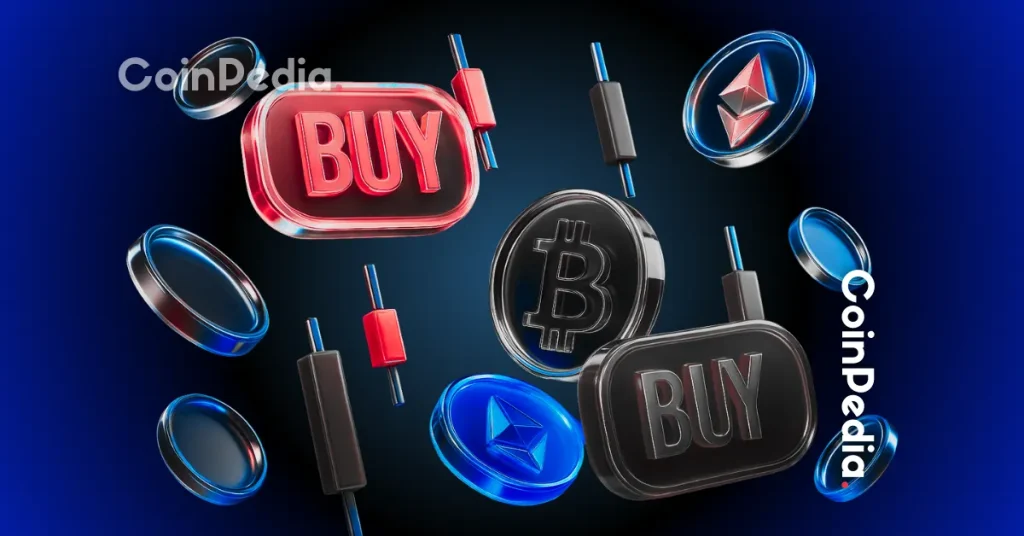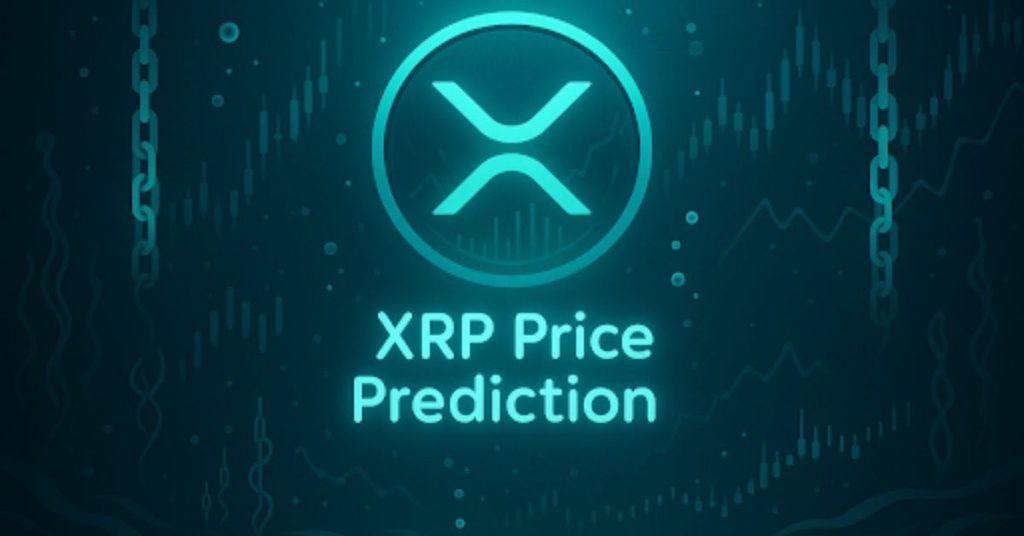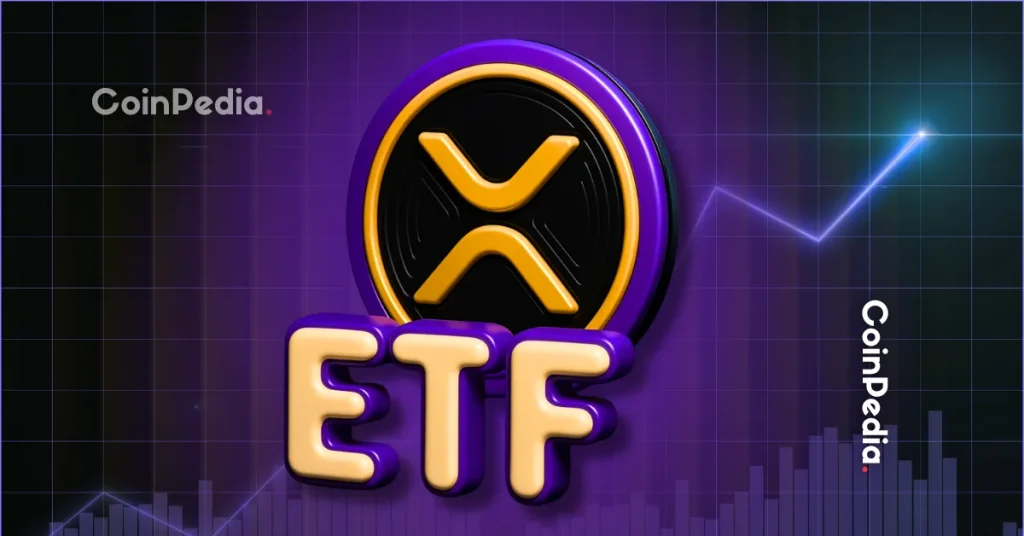Why Is Crypto Crashing? Analyst Reveals What Comes Next for BTC and ETH
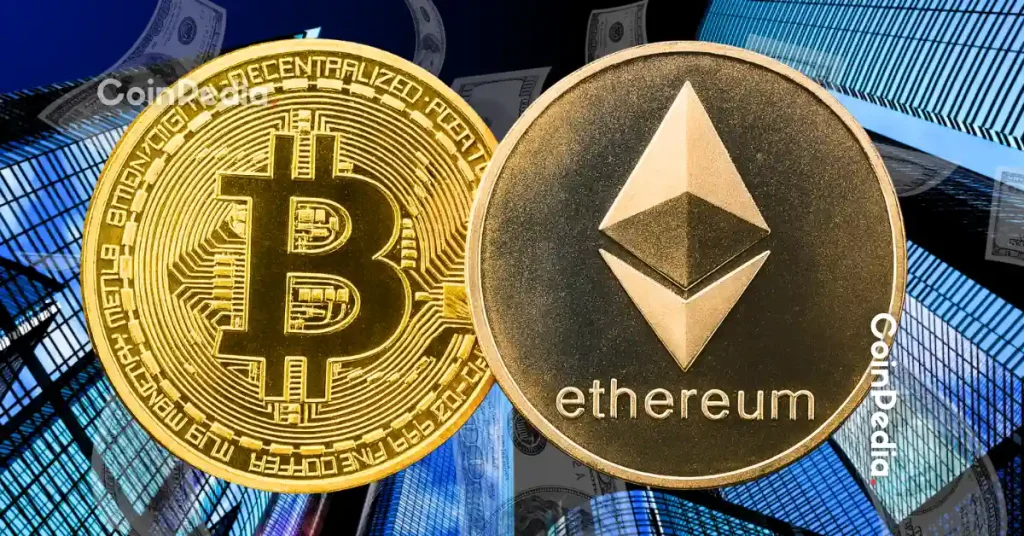
The post Why Is Crypto Crashing? Analyst Reveals What Comes Next for BTC and ETH appeared first on Coinpedia Fintech News
The crypto market entered the week with excitement, expecting rate cuts from the Federal Reserve to spark a rally. Instead, traders were left confused. Despite a rate cut and signs of quantitative tightening ending soon, Bitcoin and Ethereum both fell sharply.
This reaction surprised many. Historically, lower rates and easier liquidity boost risk assets like crypto. But this time, the market did not respond. Analysts say this unusual behavior shows a deeper technical setup rather than a fundamental shift.
Bitcoin Holds Key Levels
Bitcoin started the week trading near $115,000 but quickly lost momentum. Analyst DataDash said that once BTC gave up the $114,000 support level, a sharp drop followed. This pattern is often seen after major rallies.
Bitcoin is now expected to move between $97,000 and $120,000 in the short term. This sideways movement reflects uncertainty, not weakness. Once the market digests recent macro developments, Bitcoin could rebound strongly.
Fed Warning Adds Pressure
Part of the reason for the market’s hesitation is the Fed’s tone. Chairman Jerome Powell hinted that no further rate cuts are likely in December, warning about inflation and economic stability. This conservative stance spooked investors, leading to risk-off behavior across markets, including crypto.
Still, analysts argue that these developments are not bearish in the long run. With quantitative tightening expected to end soon, liquidity could improve in early 2026, supporting higher crypto valuations.
Ethereum Tracks Bitcoin’s Move
Ethereum followed a similar path. After briefly testing higher levels around $3,900, ETH fell to the $3,700 region. Despite this correction, the analyst says Ethereum remains in a healthy range as long as it stays above $3,300.
In the short term, ETH is expected to trade sideways. But in the bigger picture, analysts see potential for a move toward $5,000 to $7,000 between November and early next year, especially with growing demand for tokenized securities and institutional adoption.
